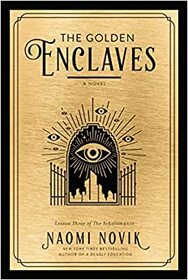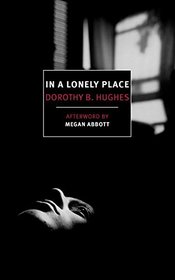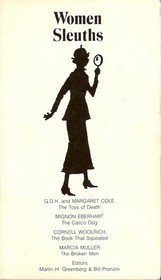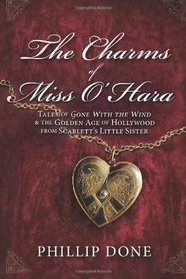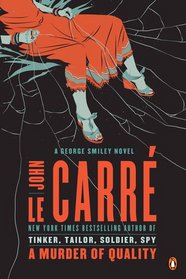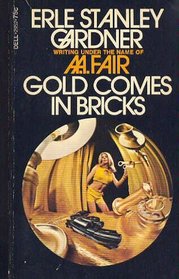The Golden Enclaves by
Review by Cyndi J. (cyndij)
THE GOLDEN ENCLAVES is the third of The Scholomance trilogy. This review will have minor spoilers for A DEADLY EDUCATION and THE LAST GRADUATE. You have been warned.
You can read my review of The Last Graduate on an earlier blog post by clicking here.
If you thought the idea of sending your kids to a brutal school where they were very likely to be killed was dark, wait till you read this last entry But though there are dark doings, the tone of the book is not so grim. It’s asking important questions: Do the needs of the many really outweigh the needs of the few? Can the ends ever justify the means?
To briefly sum up: Galadriel (call her El), the immensely powerful teen wizard who has sworn never to use dark magic, has survived graduation day in The Scholomance. Not only that but she’s managed to bring everyone else – even the junior students – out alive, and sent the entire school into the Void from whence it can’t return. The numbers of monsters therefore have been hugely reduced. There, she thinks, that takes care of that and kids won’t have to die.
Oh but wait – El brought out all but one. Her boyfriend Orion is still in there. Eaten by the maw-mouth, which means he is forever in torment, trapped inside the maw-mouth which is now trapped inside the Void. But wait again, because as it turns out there is a way to get back into the school. And once El learns that, nothing is more important than ending Orion’s torment. Except as it turns out maybe there are some other things that need doing.
El’s quest is going to bring her to meet her great-grandmother, who famously prophesied that El would cause the destruction of the enclaves and the deaths of thousands, thus causing the ostracism of El and her mother. El’s determination never to become a maleficer, an evil wizard, stems entirely from her fierce resentment of that treatment and her rejection of the prophecy. Now she’s going to learn some things she really, really did not want to know about the enclaves and even about Orion. It turns out that killing the monsters is making things worse. El is filled with rage but at the same time she thinks there has to be a better way, a solution to this continual slaughter. With the help of her friends, she might be able to pull it off.
The book (and the series as a whole) suffers from too much description – all those monsters! – plus too much of El’s internal dialogue fed by her constant anger. Too much telling in proportion to showing. There isn’t exactly a happily-ever-after ending, although when it all stops, the world will have less evil in it and no one we care about has died. I found it a satisfying and believable ending given how that world was constructed – El knows what she’s meant to do and she has allies to help her do it.
I liked the series as a whole, not as much as her TEMERAIRE books, but they make a good read. Excellent world-building along with sympathetic heroes. The pacing does tend to drag, but the villains have understandable motives and an excuse for their later failure to act. Definitely recommended.

